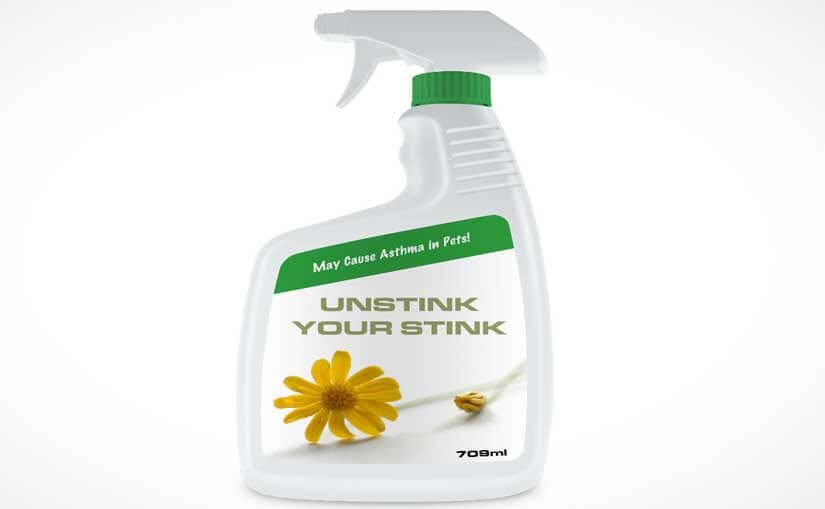One major problem a homeowner may experience with his cesspit is backing up of the system. Cesspit back ups cause so much inconvenience to the homeowner that insanity may soon follow! Once the backup starts, cesspit odors usually begin to develop and repairing the system may cost a small fortune. Cesspit back ups are a big disaster to one’s home – from the stinky smell to dampness which may lead to serious flooding. Knowing what to check for and what to do can make a major difference in the inevitable outcome of the backup.
Signs of a cesspit back up are easy to determine. Wet spots or wet yards most likely indicate the first signs of cesspit back up. Puddles form in the yard, obviously around the area where the cesspit is installed. You may also feel that the lawn feels soggy or mushy even without significant rainfall. A simple test can be done to confirm your soggy yard is caused by cesspit back up. Using a rigid object, like a metal rod, break the surface of the yard or a shovel to dig a small hole. If you see water gushing out of the puncture or filling up the holes, it is a clear sign of cesspit back up.
A clearer sign of cesspit back up is the foul septic odor. You may notice the smell in your yard or even inside your home. This happens because water that back up into the cesspit cover the pipes that lead in and out of the system. Sewer gases are trapped and unable to disperse properly. In bathtubs or kitchen sink, slow drains may also indicate cesspit back up. A more disgusting sign is overflowing of the toilet or leaking sewage pipe in your home’s basement.
Searching for cesspit back up signs is easy, as well as finding solutions to stop or avoid this condition. Generally, most cesspit and septic tank problems can be solved by pumping. Regular pumping – which means having your cesspit pumped every 1 to 3 years or depending on the number of persons in the household and the amount of waste that goes into the system – helps to avoid cesspit back up. Reducing water consumption also contributes to restoration of the cesspit system. It is also recommended to avoid flushing harsh chemicals to the drain as these chemicals kill the bacteria needed by the cesspit to break down waste. Detergents and other household cleaners also causes create clay particles that don’t allow water to drain properly. Avoid adding non biodegradable materials to the system such as tissue, sanitary napkin, cigarette butts. Grease in the cesspit hardens, accumulates, and eventually clog the system.
A relatively potent solution is through the use of high grade cesspool bacteria, followed later by aeration. Biological additives are made up of specific bacteria agents designed to help alleviate some of the organic load within the drain soils. They function by eating away clogs in the drain pipes, cesspit and the gravel surrounding the system. Additives are also proven to help reduction of oil and grease and using biological additives helps reduce the amount of out-flowing solids in the cesspit.
You can also check with experts, such as your local health department or a licensed plumber to address cesspit back up issues and what you might be able to do to save the system before things get way out of hand.

